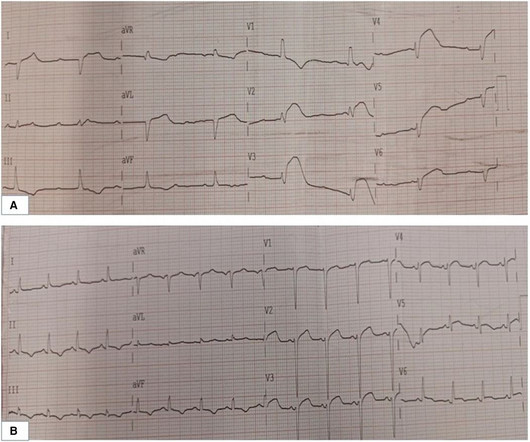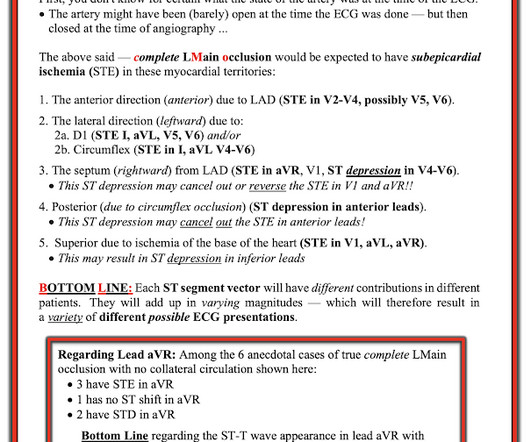Case Report: Extended cardiopulmonary resuscitation in sudden cardiac arrest after acute myocardial infarction
Frontiers in Cardiovascular Medicine
AUGUST 8, 2024
Out-of-hospital cardiac arrest (OHCA) mostly occurs in crowded public places outside hospitals, such as public sports facilities, airports, railway stations, subway stations, and shopping malls. ECMO support therapy for patients with cardiac arrest can be considered when economic conditions permit.












Let's personalize your content